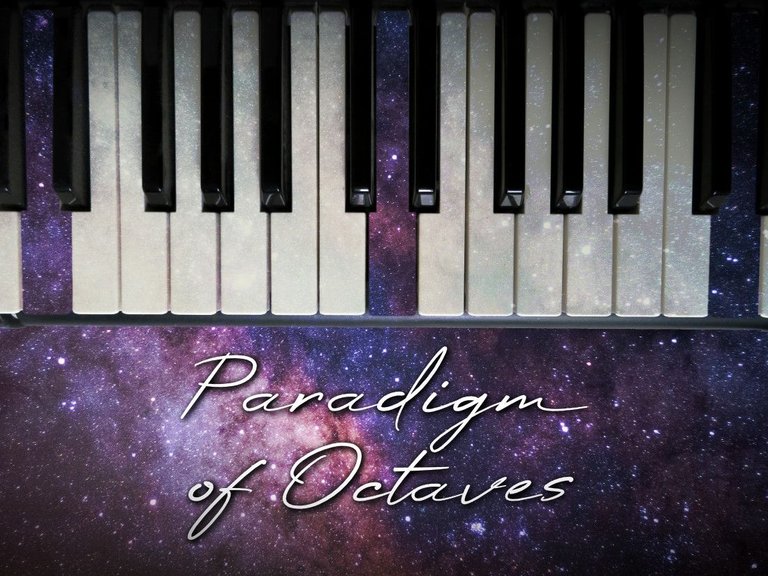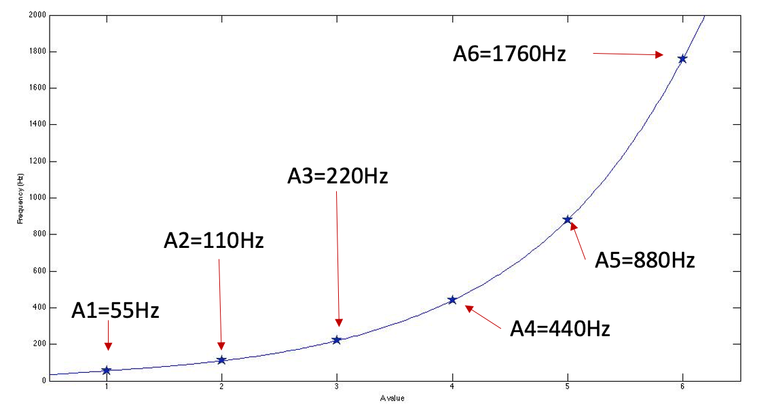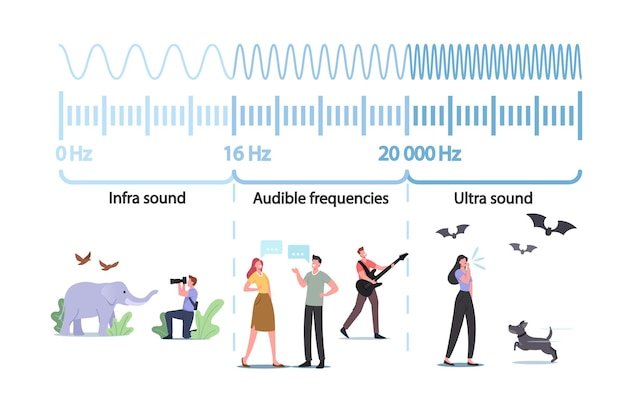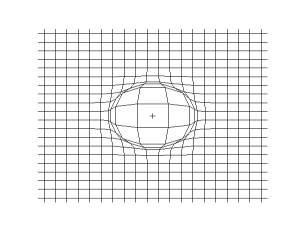Different paradigms exist to try and answer the question: What is this place, how does it work? Are there undisclosed principles that govern reality, nature and life, and if so what are they?
There is an angle that has struck a profound nerve in me as I have been digging deeper into frequency and music theory this past year, and with it stumbled upon some rather amazing insights.
It all starts with the octave.

What is an octave?
Frequency is measured in Hertz (Hz) which simply means cycles per second. If you spin a towel over your head and you make exactly one revolution per second the towel cycles at 1Hz. If you spin the towel twice as fast it now rotates twice per second, it's going at a rate of 2 Hz. We just found an octave.
An octave is the doubling or halving of any given frequency.

When we talk about sound frequencies we are generally talking about the Hz range between 20 Hz and 20,000 Hz (20 KiloHertz), because this is the range in which our human ears can perceive sound.
For the sake of simplicity we assume a simple sine wave, a pure tone that is a stable one-frequency oscillation. Sine waves above 20 kHz are too high to be audible, they cycle (oscillate) too fast for us to hear. Humanity calls it "ultra sound".
Frequencies below 20 Hz are too low to perceive for the human ear, they are instead perceived as rhythm, more easily felt than heard. This frequency range is known as "infra sound". Other creatures can act or perceive below and above our human hearing thresholds, and therefore have access to different parts of the frequency spectrum than us.

So far so good. Now what's so special about octaves?
They harmonize together perfectly! Say we go with the Western tuning standard of A4 = 440 Hz and we want to find its octave, we double 440 Hz to arrive at 880 Hz. We could go the other way and find the lower octave of 440 Hz by halving it to arrive at 220 Hz. And so on.
This way we can find all octaves of any note quickly.
Octaves have a strong sense of consonance, which means they vibrate in harmony with one another, they sound pleasant when played together and they do not wobble but "stand" solid. The higher octave sounds 'brighter' than the other but they both sound like the same tone to our ears.
In academia this is sometimes referred to as "the basic miracle of music". The octave has come full circle to its next iteration and starts anew.
Why this should be the case at all boggles the mind but it is a reality.

Everything an Octave
When we realize that for any given frequency there is an infinite number of octaves, we suddenly glimpse a paradigm in which we see connections where there were none previously.
If octaves are invisibly connected by doubling or halving the frequency of any audible tone, we cannot only find all the octaves we can hear, we can also find all octaves below and above human hearing range, travelling up the vibrational spectrum into the electromagnetic realm. The implications of this are startling because those frequencies remain perfect octaves whether we can hear them or not.
If we realize that hearing & seeing are merely tiny windows of the vibrational spectrum, and that the octaves of any perceivable frequency carry on well below and above our perception we start to see an organizing patttern of the cosmos. A way to say "this" goes well with "that", but not necessarily well with what's in between. Octaves. Doubling and halfing. Cycles. Perfect harmony across all wavelength dimensions.
One rather audacious example is converting sonic frequencies to the color spectrum. Now, sound waves and electromagnetic waves are different because they exist in a different context.
Sound waves are mechanical waves that move particles through a medium like air or water in the same direction the wave is travelling in.

Electromagnetic waves on the other hand do not require a medium (unless of course you count the aether as a medium, which has been officially discarded by academia). They consist of oscillating electric and magnetic fields travelling perpendicular to the direction of the wave, they travel much faster than compression waves like sound in a medium.
However, and this is the giveaway - they do have strong commonalities.
Both are types of waves that carry energy and information from one place to another, and both have frequencies measured in cycles per second with a resulting wavelength. If we take their character alone, we can make the leap to octave them regardless of their travel behavior.
Transposing from one to the other is not as straightforward as merely doubling the frequency as Light is measured in Angstrom not in Hz, but we can make use of online calculators to convert one to the other if we know what we are doing. Here is one such calculator: http://www.flutopedia.com/sound_color.htm

Reality prospects
With deeper knowledge and clear intention we can relate the sonic qualities of our music to specific parts of the color spectrum by proper octaving. If you are interested to find out more I do recommend the book "Mathemagical Music production" by Scott van Heerden who goes into great depth on this subject.
But Octaving encompasses so much more. We can produce art that is harmonious, not merely in audible frequency, but also in visible color, in rhythm, even in resulting brain wave states. This is highly relevant to people who work with sound healing, but also to musicians who seek to imbue their music with more emotion and depth than is commonly produced without this awareness about frequency relationships.
Brain waves have been thoroughly analyzed and the effects of certain frequencies on our brain have been studied extensively. Depending on which chart you refer to these different brain wave states correspond to a different Hz frequency, which in turn corresponds to an ideal set of octaves to use if we wish to induce these states explicitly.
We are ignorant of the frequencies that surround us because we cannot see nor hear them but they are there and they have their octaves, all frequencies do. Frequencies that resonate with the physical world in which we live.
Water reacts strongly to frequency and harmonic relationships between notes, and you know it is said that human bodies consist mainly of water. If that is really true, we should be keen to have more harmonious frequencies around us, and to be more careful and aware of what sort of frequencies we let near us unquestioningly. If we know the frequency of a signal we can find out its lower octave values and corresponding brain states.
More awareness about the omnipresence of octaves, of consonance, dissonance and the relationship of the electromagnetic spectrum on our lives may help us uncover some of the fenced-off areas of knowledge made overly complicated for us to generally care about.
Octaves are but the sign post. The deep study of harmony and consonance starts with the intervals between two octaves and how they co-exist in music today, unquestioned, namely the equal temperament scale. But I will leave it at the octave for now.
Due to the prevailing scientific dogmas of our age, we have all but forgotten to see the significance, the potential and the opportunities beyond the allegedly established. Our bodies surf on their own intricate system of vibrations and rhythms and all these pulses and cycles have direct octave relationships to bigger and tinier cycles in our world and the cosmos at large.
We are beings of frequency.
